Nestled on the outskirts of Jackson, Wyoming, the National Museum of Wildlife Art uses artistic expressions to illuminate the intrinsic connections between people and the natural world.
Occupying a hillside overlooking the National Elk Refuge, the museum houses over 5,000 objects ranging from ancestral artifacts to modern installations within its geological exhibition spaces.
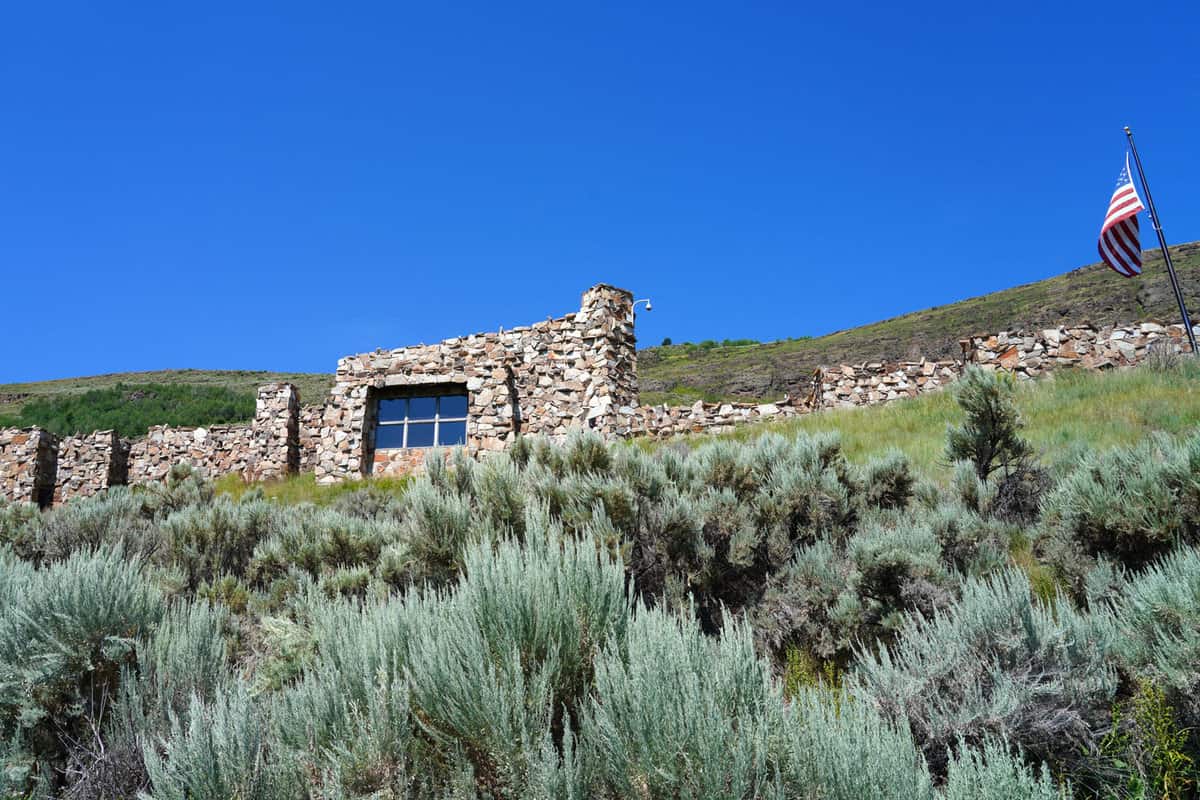
The collection includes old artifacts and modern installations. It tells the story of how human views of wildlife have changed. Visitors can learn by walking through the exhibits arranged by date. An outdoor trail also contains sculptures of animals.
The museum educates people who live in and visit Jackson. This town is near Grand Teton and Yellowstone National Parks, which contain large animals like bears, bison, and birds.
The art helps viewers understand their place in ecosystems. It attracted both art lovers and nature enthusiasts.
How Art Shows the Link Between People and Nature
Many National Museum of Wildlife Art visitors think, "Art is our window to the natural world."
The museum helps viewers see and understand wildlife. It is located on a hill overlooking Yellowstone National Park.
@rollbones How many famous pieces and artists can you recognize? #wildlifeart #jackson #wyoming #nationalmuseumofwildlifeart ♬ Vincent (Starry, Starry Night) - Don McLean
The land and animals displayed in the artwork give people a sense of their deep connection to nature, even though Earth is very large. Humans and other living things depend on each other and the same environmental systems.
The museum shows this relationship through history. Wyoming has expansive areas of wildlands home to big wildlife.
Few other places have as many large animal species living freely as Yellowstone and nearby Grand Teton National Park. These parks contain over a million acres where bears, bison, elk, deer, and other animals exist without bounds.
Viewers of wildlife art can learn about these majestic animals and appreciate Wyoming's role in harboring some of Earth's remaining wild creatures on a grand scale.
Visitors recognize these special landscapes as inspirations for artists over time.
The Yellowstone and Teton region symbolizes the interdependence of man and the natural world. The landscape influences human settlement yet remains a habitat for thriving bears, deer, and other populations.
Through art, the museum portrays this land as an epic canvas depicting nature's diversity. It aims to give people a stake in protecting remaining natural areas and their native species for future generations.
The Museum: A Chronicle of Evolution and Perspective
Founded in 1987, the collection has grown to over 5,000 objects, including paintings, sculptures, and modern displays.
These works depict how people have related to animals throughout history. Visitors can see shifting human perspectives over generations as more pieces are added.
@fallowfawnart This is @Nat’l Museum of Wildlife Art in Jackson Hole, WY! #nmwa #nationalmuseumofwildlifeart ♬ If you see this follow me lol - Mary🪬
Situated in Jackson, Wyoming, the museum benefits from its surroundings. Jackson lies near abundant wildlife in Yellowstone and Grand Teton National Parks.
Large numbers of tourists from around the globe visit the displays. As a center for art and learning in an area with plentiful nature, the museum educates locals and travelers.
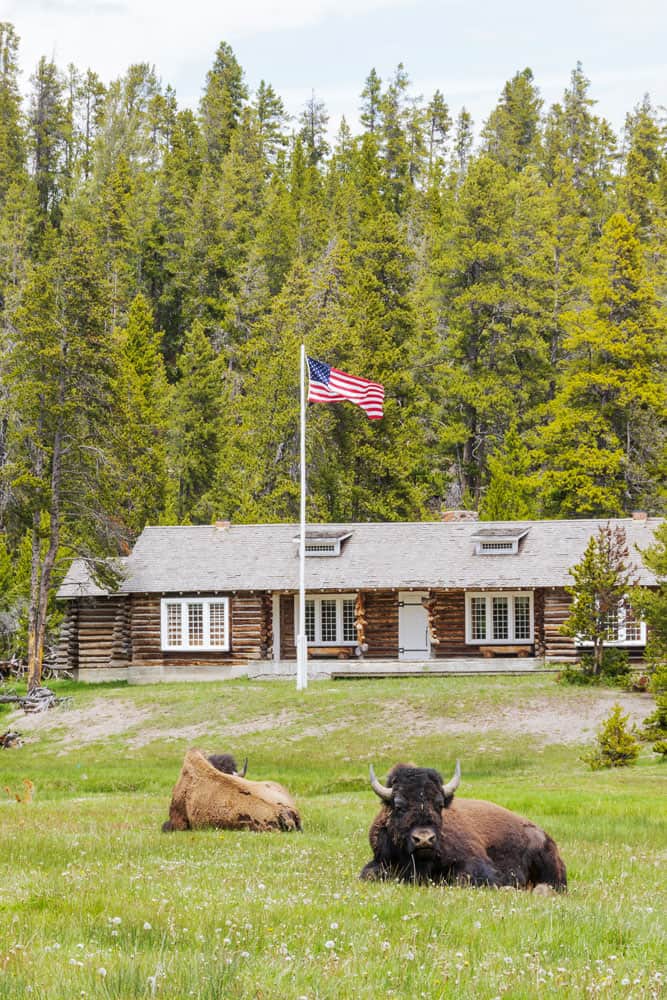
Viewers learn about wildlife native to Wyoming, such as bears, deer, elk, and wolves living freely in surrounding wildlands. The art portrays these iconic species and provides background on their behaviors, ecology, and conservation.
It also sheds light on depictions of how Indigenous cultures historically lived alongside responsive animal populations for millennia.
Diverse works illustrate humanity's dependence on natural systems and changing attitudes about stewardship of remaining habitats and their inhabitants over time.
With a developed town near protected wildlife, Jackson exemplifies the intention to coexist with nature through responsible land ethics, where large animal coexistence is a priority.
From Ancient Echoes to Modern Interpretations
Dating back over 4,500 years, the museum houses relics from ancient cultures that illuminate early human relationships with animals.
Visitors can view carvings, pottery, and tools that depict species significant to various Indigenous peoples throughout North and South America.
These artifacts exemplify how native groups incorporated wildlife like salmon and bison into spiritual practices and traditions.
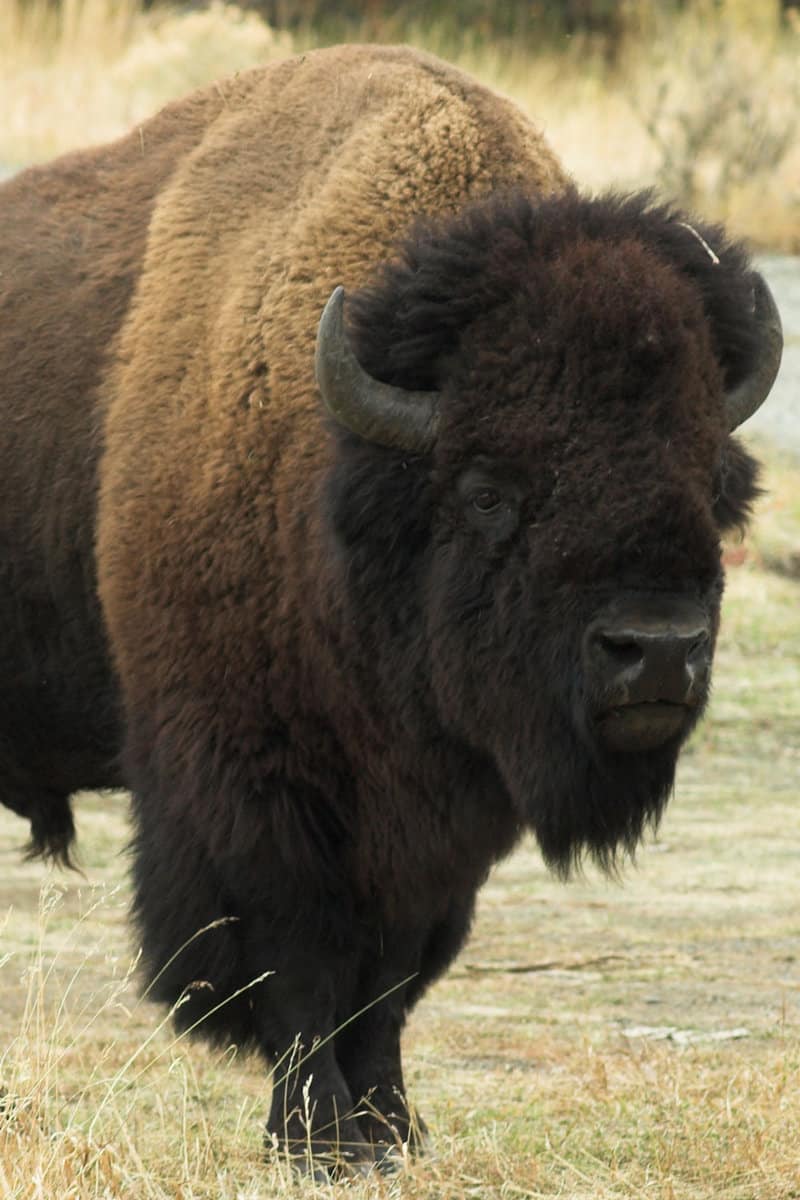
Starting in the 16th century, the collection includes works by European artists capturing new species discoveries. John White created accurate watercolor studies of North American fauna during colonial expeditions.
Later pieces from naturalist John James Audubon highlighted bird anatomy and behaviors with scientific precision. These works reflected changing European perspectives as the New World was encountered.
Spanning the 20th century, notable artists, including Georgia O’Keeffe, Andy Warhol, and Robert Bateman, interpreted wildlife through unique styles. O’Keeffe painted Southwestern Herbs and Bones with feminist symbolism.
Warhol injected pop culture into endangered species portraits. Bateman brought wildlife photography into fine art.
Contemporary Indigenous and self-taught visionaries continue expanding ideas of human-animal relationships through innovative media.
The Museum’s Unique Design and Recognition
Built ingeniously into a hillside and overlooking the National Elk Refuge, the museum has been recognized for its significant contribution to art and culture.
In 2008, by order of Congress, it proudly received the designation as the “National Museum of Wildlife Art of the United States.”
Visitors to the museum can also indulge in a variety of experiences. From an interactive children's gallery to a well-stocked museum shop and café, there's something for everyone.
The outdoor sculpture trail, in particular, offers a unique blend of art and nature, making it a must-visit spot.
@andreachen88 #nationalmuseumofwildlifeart #travelbucketlist #Jackson #wayoming #travellife ♬ Love Of My Life - Metrow Ar
Art: A Catalyst for Conservation
Art has the power to evoke emotions and inspire change. As one wanders through the museum, it becomes evident that some depicted animals, like elephants and rhinos, are on the brink of becoming memories.
These paintings serve as poignant reminders of the fragile balance of our ecosystem.
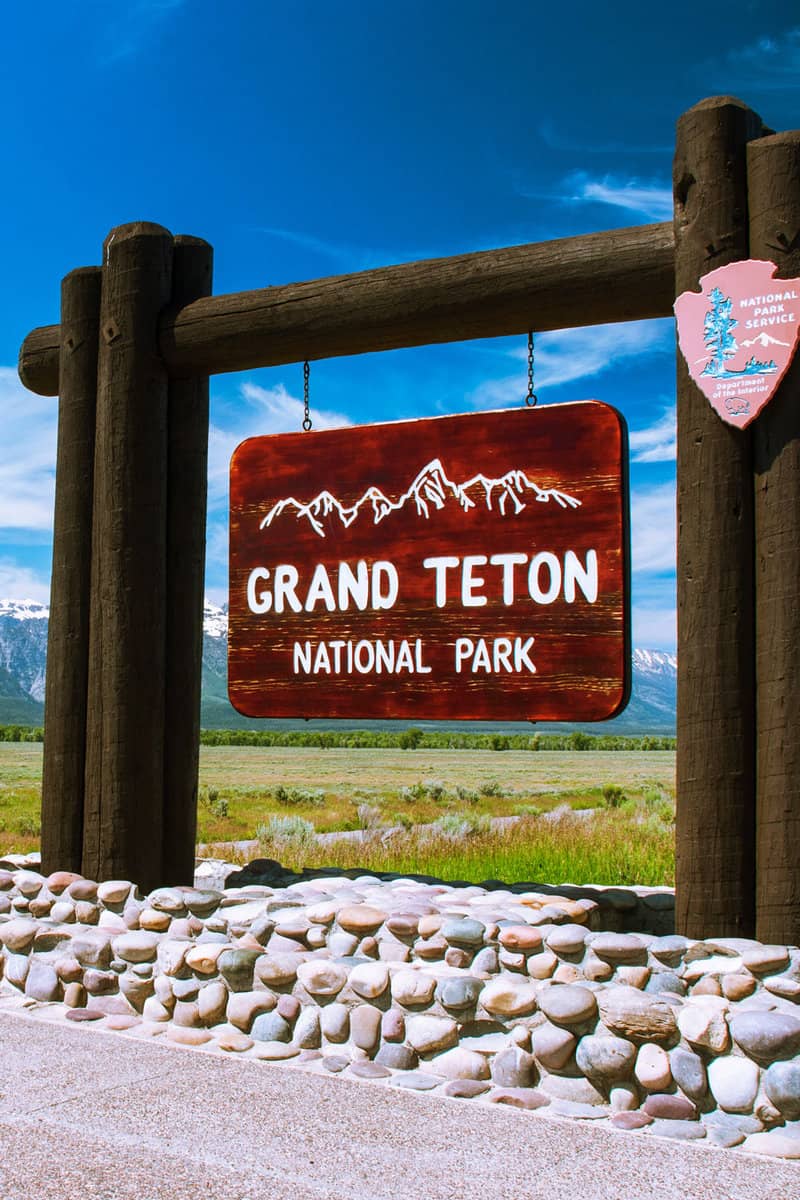
The essence of the museum is aptly captured in the sentiment, "Until someone experiences and loves an animal, they might remain indifferent to its existence."
The museum aims to instill a sense of care and responsibility in its visitors through the art medium. After all, you're moved to protect something once you care about it.
A Soulful Odyssey at the National Museum of Wildlife Art
The National Museum of Wildlife Art is not just a museum; it's a journey, a lesson, and a call to action.
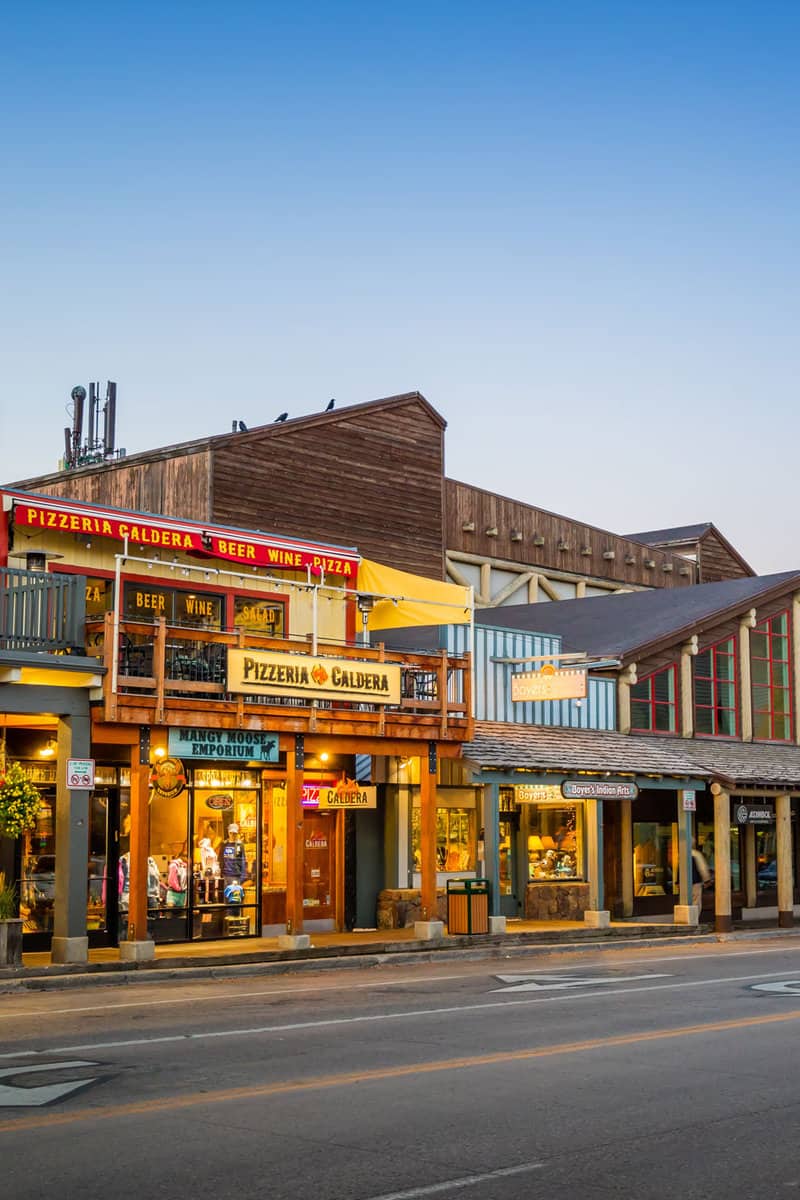
Situated a mere two-and-a-half miles north of Jackson Town Square and just two miles from the gateway of Grand Teton National Park, it beckons art lovers and nature enthusiasts to partake in an experience like no other.
Whether you're drawn to the allure of art or the call of the wild, this cultural gem near Yellowstone is a destination that promises to leave an indelible mark on your soul.
For more museum inspiration, consider these top picks:
11 Awesome Portland Museums That You Really Should See
Explore The Vizcaya Museum And Gardens: A Timeless Retreat In Florida
